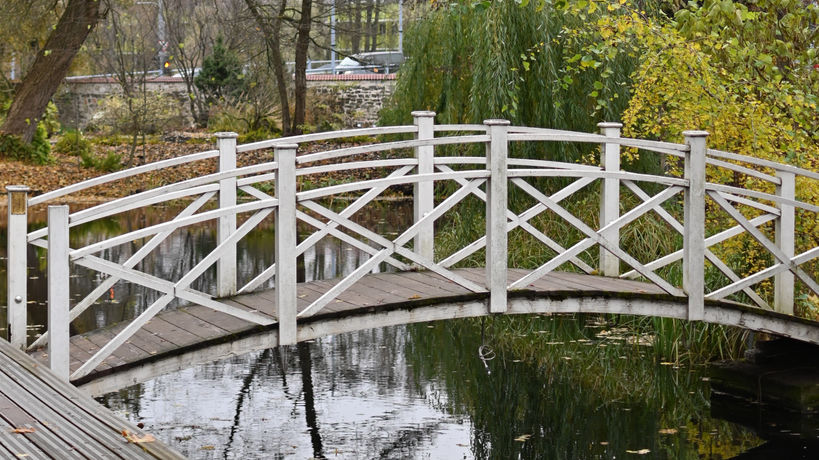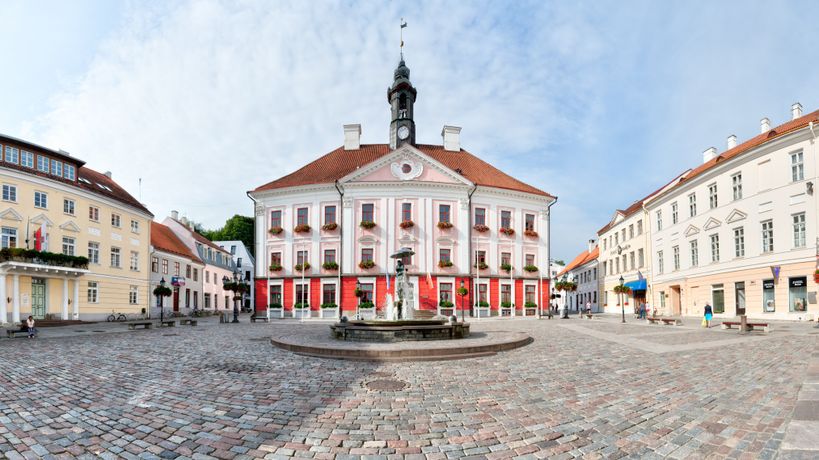Tartu: Estonia's Intellectual Capital and Cultural Crossroads



Tartu is the second largest town of Estonia but is widely considered its intellectual capital city vitally significant in developing the educational system, culture, science, and literature in the Estonian language. Throughout the centuries, the versatile artistic and academic communities of Tartu have intellectually benefited from the country's geopolitical position between the Nordic and Southern Baltic countries on one hand and between Russia and the West on the other. Thus, Tartu is like an experimental laboratory where global ideas, academic knowledge, artistic creativity, and a broad variety of lifestyles are being synthesised.
Although habitation in the area has been recorded from as early as the 6th to 8th centuries A. D., Tartu was first mentioned in the annals of 1030 A. D. Alike the whole of current Estonia, Tartu has been under the reign of different foreign powers throughout its history. During the reign of the German Order (in the 1280s), Tartu became a member of the Hanseatic League; during the Polish reign, a Jesuit gymnasium was opened here in 1583; during the Swedish reign, a new gymnasium was opened in 1830, and Academia Gustaviana (the University of Tartu) in 1632. Bengt Gottfried Forselius founded his Teachers Seminar here in 1684, providing literacy to nearly 160 Estonian young men. Many of them forwarded their knowledge to others as teachers, thus establishing solid ground for general literacy.
In 1802, the revived university became one the most influential centers of education and scholarship in the Russian Empire. In 1816-1855, the university astronomer F.G.W. Struve conducted research for defining the dimensions and the shape of the Earth, which had a profound impact on the scientific development of astronomy, geodesy, and cartography. A result of these studies was the Struve Geodetic Arc: a chain of survey triangulations of 2820 km, stretching from Hammerfest in Norway to the Black Sea and passing through the Tartu observatory. In 2005, the Geodetic Arc was included in the UNESCO World Heritage List.
In 1839, writer and physician Friedrich Robert Faehlmann introduced Kalevipoeg legends to the Learned Estonian Society with the intention to create a national epic for Estonia. His work was completed by another medical man-of-letters, Friedrich Reinhold Kreutzwald. The epic has been translated into many languages; in 2011, a new English translation was published with the illustrations of Gunnar Neeme, uniquely blending Estonian folk art with exoticist modernism; and in 2012, a Hindi translation was launched. Although the epic has also been a subject of heated critical debate, it continues to inspire current writers who reinterpret it in the contemporary context. For example, "Kalevipoeg" features significantly in Valdur Mikita's "Lingvistiline mets" ("Linguistic Forest"), an essay collection boldly reconstructing Estonian identity through mysticism and magical thought (the book was awarded the prize of Cultural Event of the Year 2013 in Tartu).
By the middle of the 19th century, Tartu had become the driving force of Estonian cultural life: a pioneering newspaper Tartu Postimees boosted the emergence of professional media; the Vanemuine Society was founded, later turn into the first Estonian professional theatre; and the first major song festival was held in 1869. The tradition of Estonian song festivals exerted a major impact on building national consciousness, urging it towards the establishment of an independent state. Song festivals are now listed in the UNESCO Representative List of the Intangible Cultural Heritage of Humanity.
Several hugely influential societies were founded in the early 1870s: among them, the Estonian Students Society, the Estonian Farmers Society, and the Estonian Society of Writers. Estonian Literary Society was established in 1906 and in the same year, the first issue of the journal Eesti Kirjandus (Estonian Literature) marked another major advancement in the national literary history. More publications as well as literary prizes were introduced in the following decade. In 1909, Estonian National Museum was created in Tartu (also the very first museum in Estonia). It is still a vitally important treasure trove and research institution of the nation's memory and heritage; recently, it has also featured several internationally attractive exhibitions on late 20th century everyday and alternative culture. For example, the 2013 exhibition of the Estonian hippie movement received enthusiastic coverage from the renowned visionary writer Bruce Sterling as he was visiting the Prima Vista Literary Festival.